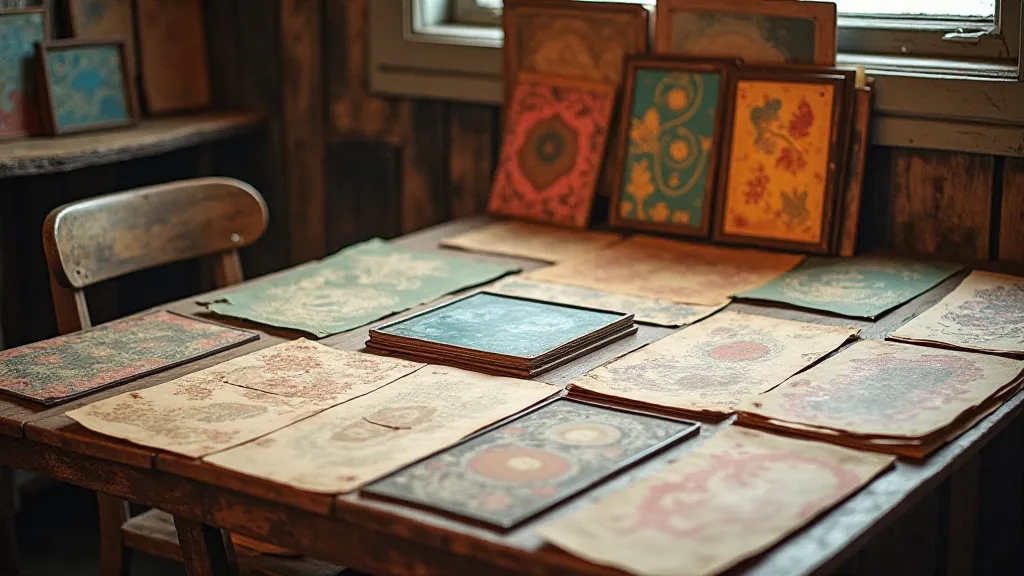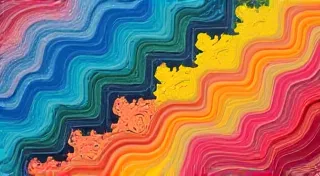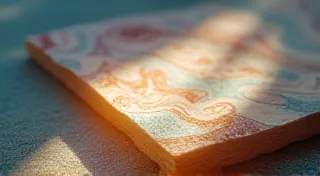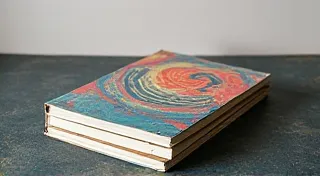The Alchemy of Impermanence: Embracing Flaws and Finding Resonance in Marbled Paper
There’s a particular scent associated with old books and antiques - a whisper of history held captive within aged paper and worn bindings. It reminds me of my grandfather, a quiet, meticulous man who spent his days restoring antique accordions. He wasn't trying to make them new; he was revealing their soul, carefully cleaning and repairing, preserving the echoes of melodies played long ago. He's the reason I understand the beauty of imperfection, a lesson that resonates deeply with the art of paper marbling.
Perfection, so often lauded in the worlds of art and writing, can ironically become a creative prison. The relentless pursuit of flawlessness can stifle experimentation and distance us from the raw, authentic voice that lies within. I’m reminded of a piece of writing I labored over for weeks, striving for what I perceived as absolute precision. It was technically sound, structurally impeccable, yet utterly devoid of feeling. It lacked a certain *resonance*. It was, in a word, lifeless. My grandfather, observing my frustration, simply said, “Sometimes, the most beautiful things are the ones that bear the marks of their journey.” That wisdom applies profoundly to paper marbling.
A Glimpse into the History of Floating Color
The practice of paper marbling isn’t new. Its roots stretch back centuries, with evidence of its use found in Turkey (where it's known as Ebru), Japan (Suminagashi), and Europe. Historically, it served a practical purpose – to create decorative endpapers for books, as a beautiful substitute for printed designs. Imagine the workshops of Renaissance printers, where artisans painstakingly created these unique papers, each one a singular work of art. The process has evolved, of course, with modern marblers using a wider range of materials and techniques, but the underlying principle remains the same: harnessing the unpredictable dance of color on water.
The Japanese Suminagashi technique, for example, used brushes to create flowing ink patterns on the water surface. The Turkish Ebru masters developed complex layered patterns using thickened paints, achieved through the careful addition of tragacanth gum. European techniques, particularly in Italy and England, often involved less control, embracing a more freeform and spontaneous approach. Regardless of the tradition, the act of marbling is a conversation with chance, a dance between artist and element.
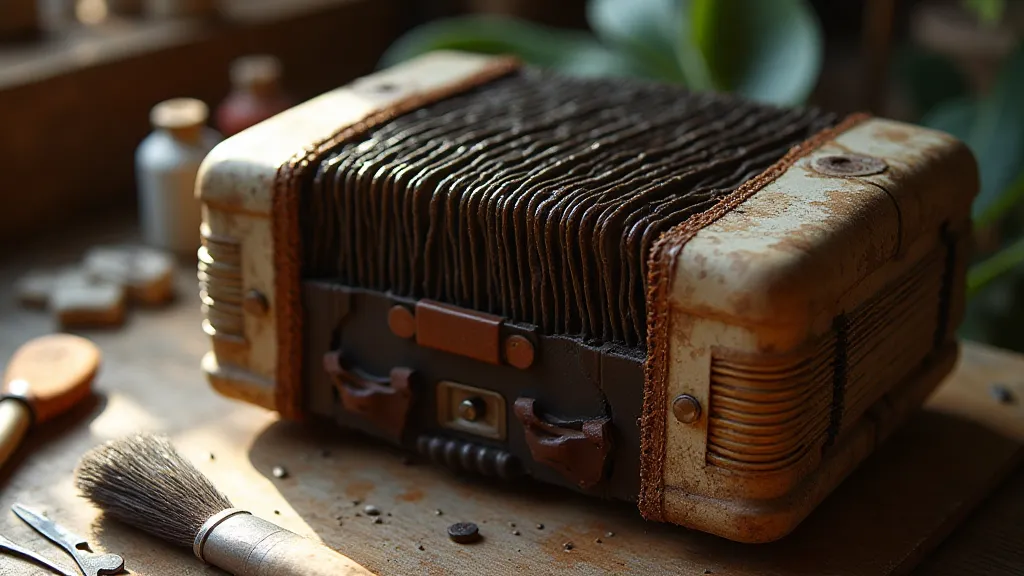
The Beauty of Unforeseen Patterns
The magic of paper marbling lies in its inherent unpredictability. You prepare your bath – a shallow tray filled with water treated with a thickening agent, often methyl cellulose or carrageenan – and then carefully drop your pigments, usually concentrated inks or paints, onto the surface. The way the colors spread, blend, and interact is never exactly the same. What might appear as a 'mistake' – a blotch, an uneven distribution, an unexpected swirl – is often the element that elevates a marbled paper from simply 'pretty' to truly captivating.
I recall my early attempts at marbling. My meticulous nature, the same that had imprisoned my writing, was in full force. I was trying to *control* the process. The results were… bland. Uniform. Lifeless. Then, one day, in a moment of frustrated abandon, I simply *let go*. I dropped the colors haphazardly, allowing them to collide and swirl without restraint. What emerged was a paper with a dynamism and beauty I had never achieved before. It was imperfect, yes, but it was also *alive*. That paper became a cornerstone of a very special handmade journal.
Consider antique marbled endpapers found within old books. They are often faded, stained, and bearing the marks of time – yet, these imperfections only enhance their charm. They tell a story, not just of the paper itself, but of the book’s journey through the world.
Restoration & Collecting: Cherishing the Ephemeral
For those interested in collecting or restoring antique marbled papers – or even the books that feature them – understanding the process and the materials is key. Early marblers often used natural pigments derived from plants and minerals, which are prone to fading or shifting color over time. The thickening agents also influenced the appearance; older papers might have a coarser texture or a more muted palette.
Restoration is often a delicate balancing act. Aggressive cleaning or re-marbling can strip away the paper’s historical significance. Instead, preservation efforts often focus on stabilizing the paper, protecting it from further damage, and ensuring proper storage. Collecting marbled paper is a journey into appreciating the beauty of decay, understanding that even in the face of entropy, profound beauty can be found.
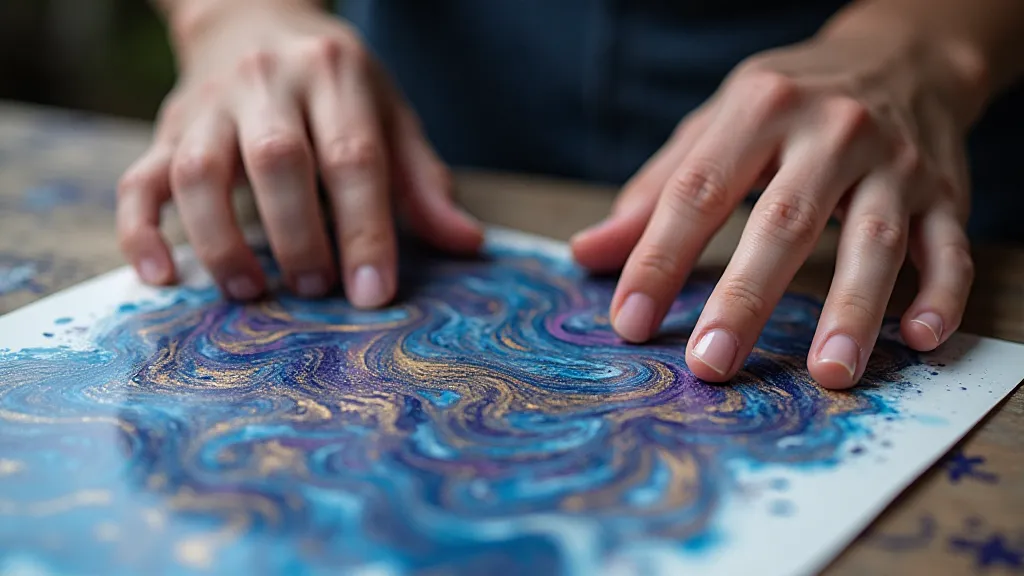
Embracing the ‘Mistake’ in All Creative Pursuits
The lessons I've learned from paper marbling extend far beyond the art itself. They’s applicable to writing, painting, music – to any creative endeavor. The willingness to embrace the ‘mistake,’ to see the unexpected as an opportunity, is essential for unlocking true artistic resonance.
My grandfather, with his patient hands and keen eye, taught me that perfection is a fleeting illusion. True beauty lies not in flawless execution, but in the story of the process, the marks of the journey, the unique fingerprint of the artist. It's about finding that point of connection – the moment when the unexpected aligns with the intention, creating something truly singular and beautiful.
So, the next time you’re struggling with a creative project, remember the swirling colors of marbled paper – the dance of chance, the embrace of imperfection. Let go of the need for control, and allow yourself to be surprised. You might just discover something extraordinary.
